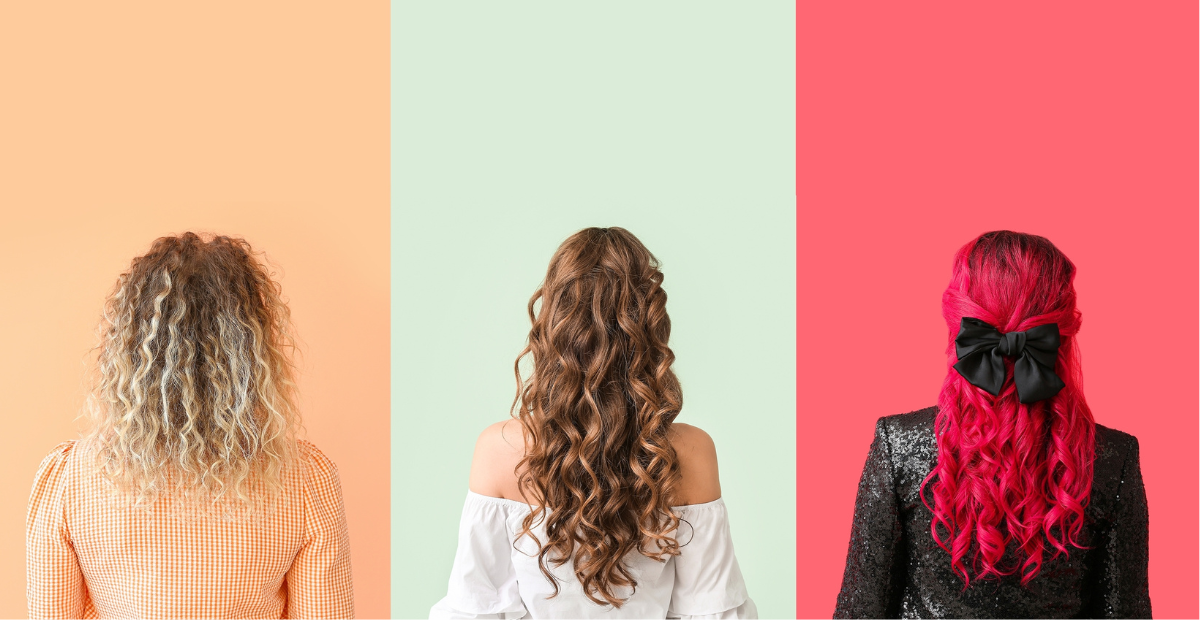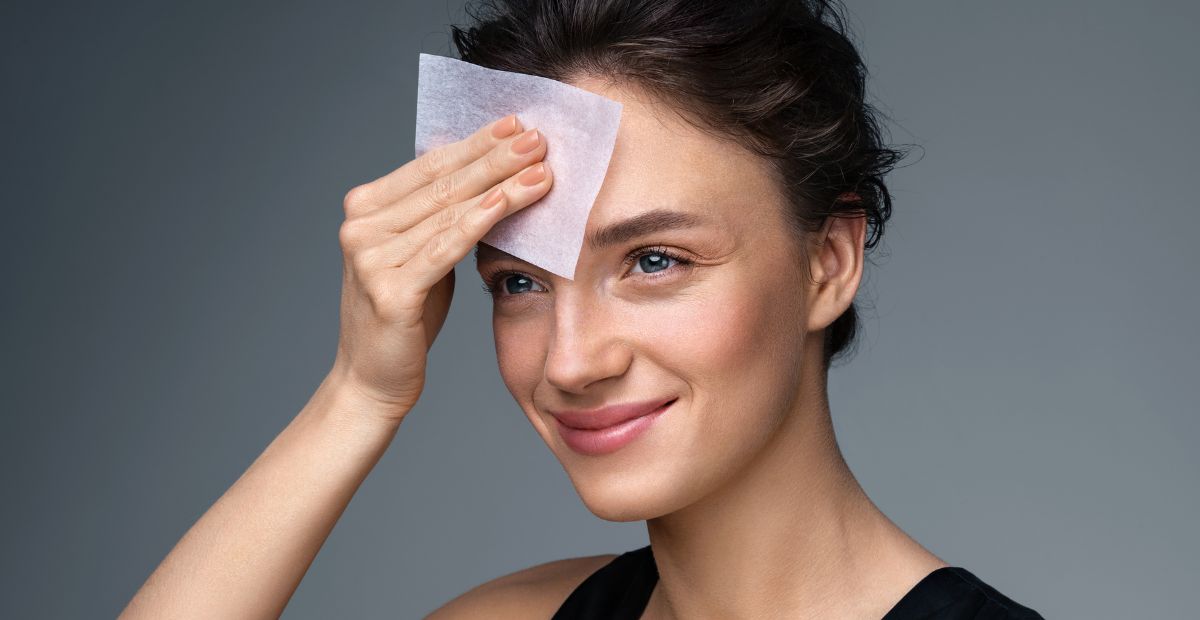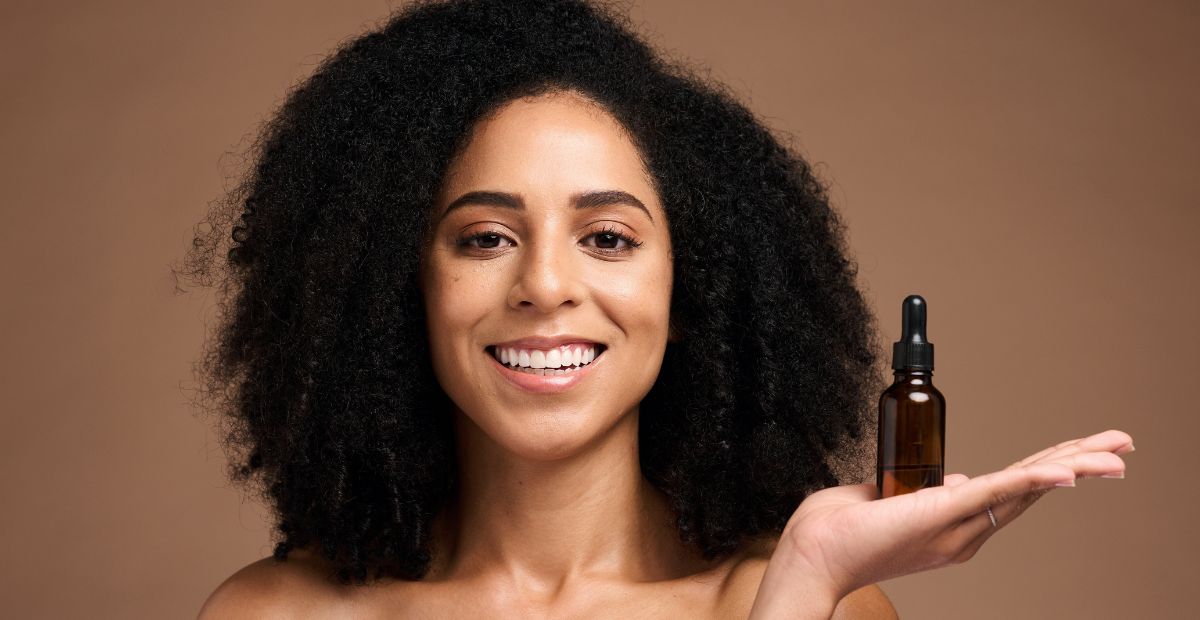What Is Clarifying Shampoo: Everything You Need to Know
Onskin Content Team
Your guides through the skincare chaos
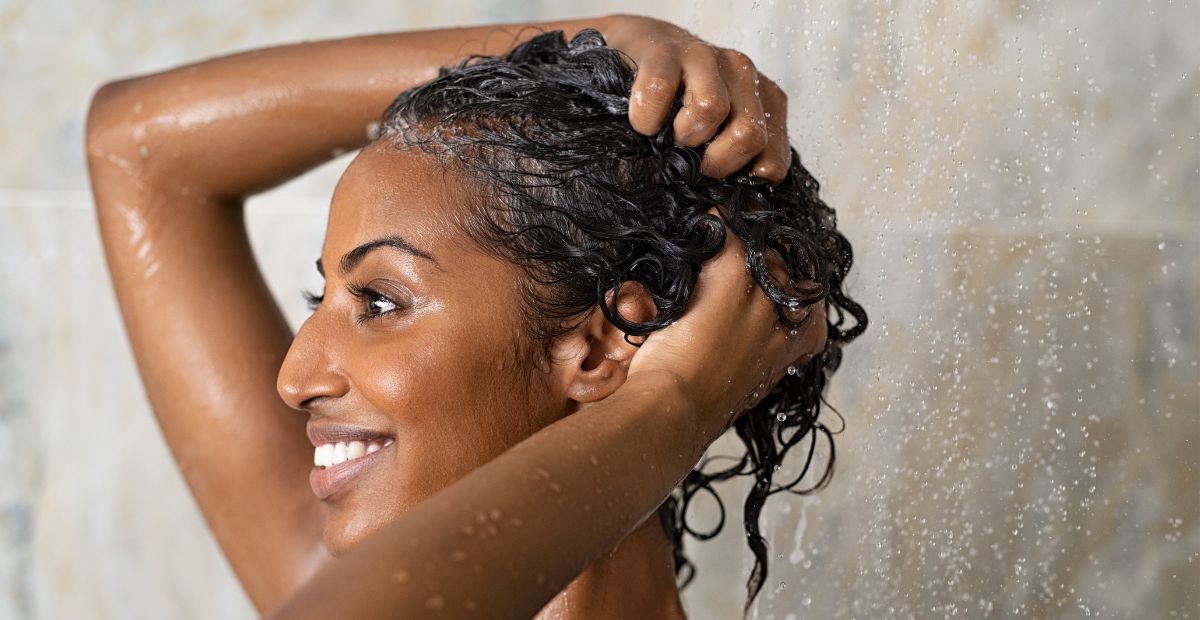
You know that moment when your hair just… refuses to cooperate? It feels heavy, looks lifeless, and no amount of dry shampoo, serum, or desperate ponytail attempts seems to help. It’s exactly at that moment when one thing might come to mind—clarifying shampoo. Think of it as the ultimate “Ctrl + Alt + Delete” for your hair. But what is clarifying shampoo really, and why do so many stylists swear by it? Let’s break it down.
What Is Clarifying Shampoo
So, what is clarifying shampoo? In the simplest terms, it’s a deep-cleansing shampoo made to remove everything your regular shampoo leaves behind. Thinks of hair spray, mousse, dry shampoo, hard water minerals, chlorine, excess oil, and even city pollution. It all builds up slowly and quietly, until your hair feels dull and coated.
Unlike your everyday shampoo, which is more about gentle maintenance, clarifying formulas are like a power wash for your scalp and strands. They don’t just clean—they reset. And that reset is often exactly what your hair needs to look and feel alive again.
Who Needs a Clarifying Shampoo
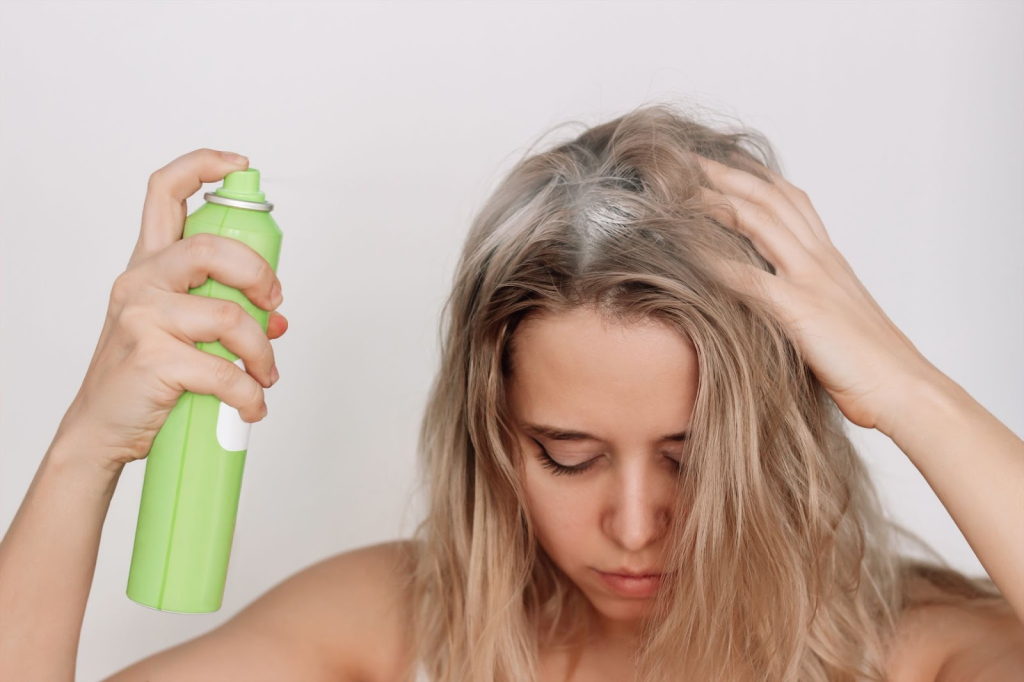
Not everyone needs a clarifying shampoo every week, but plenty of us can enjoy the clarifying shampoo benefits. Who’s on the list?
- Anyone who uses a lot of styling products or dry shampoo (here’s the full guide on whether they’re harmless or could cause skin issues)
- Swimmers dealing with chlorine build-up
- City dwellers exposed to pollution daily
- People with oily scalps that feel greasy just hours after washing
- Those living with hard water that leaves hair feeling sticky or stiff
- Curl lovers who’ve lost bounce because of buildup, weighing everything down
If your hair feels coated, heavy, or strangely resistant to treatments, it might be begging for a clarifying reset. But here’s the kicker: not all clarifiers are created equal, so let’s talk ingredients.
What Ingredients to Watch For
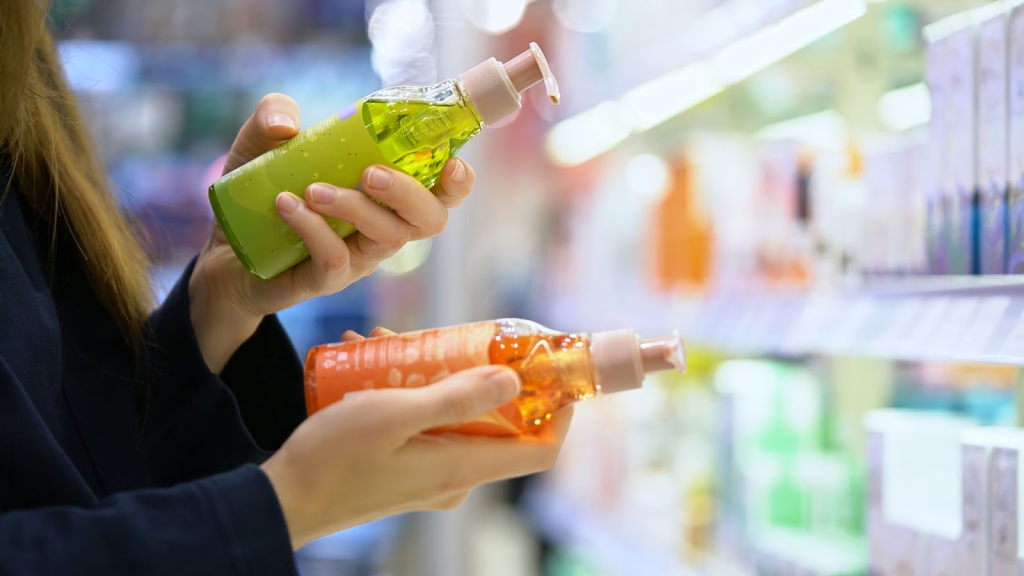
Clarifying shampoos get their cleansing power from their ingredients. What is clarifying shampoo, and what does clarifying shampoo do, depending on its active components? Here’s what might show up on the label:
- Sodium lauroyl sarcosinate and disodium laureth sulfosuccinate—gentle surfactants that lift away residue without being overly harsh, making them popular in sensitive-friendly formulas.
- Cetyl-fatty alcohols—those come with milder cleansing effects.
- Salicylic acid—exfoliates the scalp and dissolves excess sebum, useful if clogged follicles or flakes are a concern.
- Apple cider vinegar—a natural alternative that helps balance the scalp’s pH, adds shine, and can reduce excess oil.
- Tea tree oil—naturally antimicrobial and a go-to for itchy or flaky scalps.
And yes, you’ll often see sulfates like sodium lauryl sulfate (SLS), sodium laureth sulfate (SLES), ammonium laureth sulfate, sodium myreth sulfate, and ammonium lauryl sulfate. These are strong surfactants that deeply cleanse buildup.
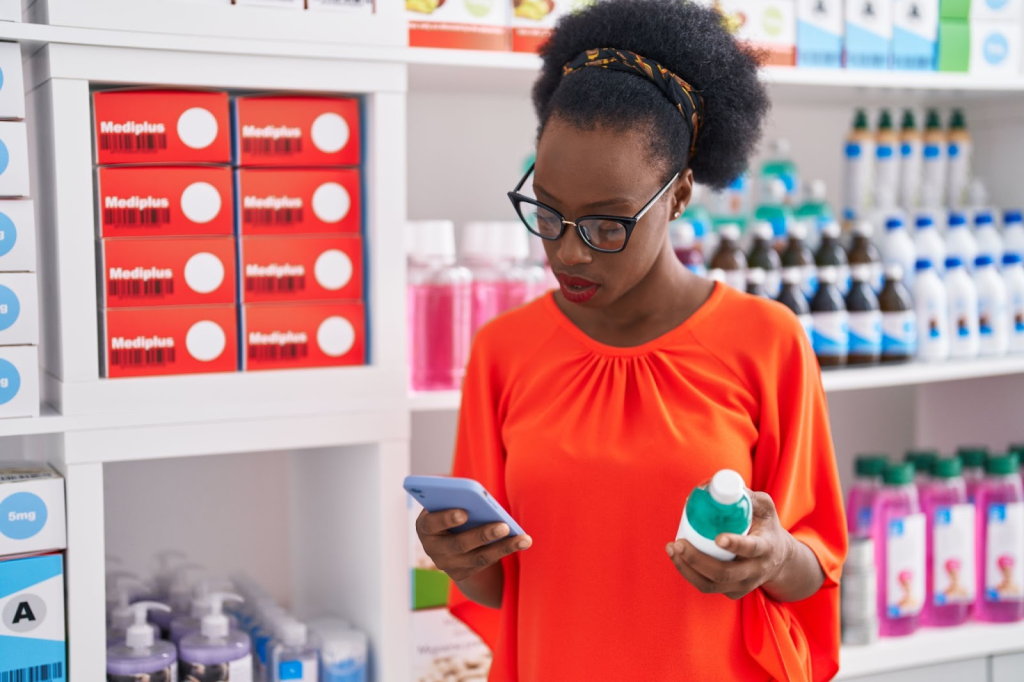
However, they aren’t the monsters they’re sometimes made out to be. Instead, they do their job well and can be especially effective for oily scalps or heavy product use. (Btw, we have a guide that busts all the myths about sulfates—how they affect both hair and skin.)
The caveat? On dry, color-treated, or curly hair, sulfates may feel too intense because they can strip natural oils or fade dye faster. That’s why some people may prefer gentler alternatives like cocamidopropyl betaine or coco glucoside. The real key is matching the formula to your hair type and how much “reset” your strands actually need.
Just a quick reminder: the OnSkin app is here to check any hair product’s safety and its suitability for your hair type and itsс conditions.
How to Use Clarifying Shampoo
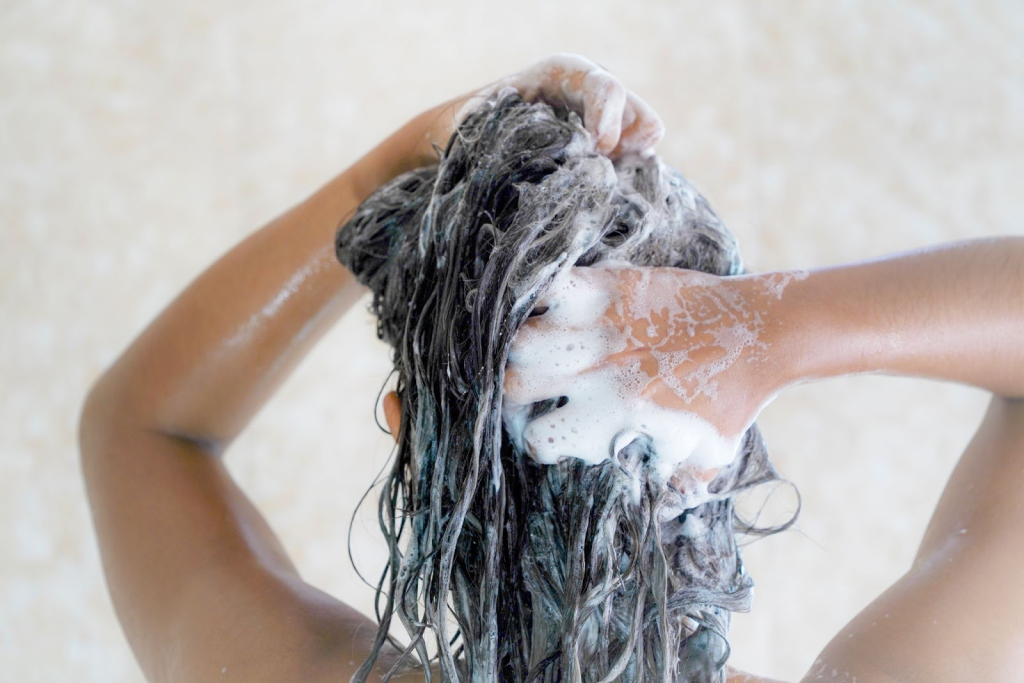
You might be wondering how to use clarifying shampoo without overdoing it. The process is pretty straightforward, but it does call for a bit of extra care:
- Wet your hair thoroughly with lukewarm water.
- Massage a small amount of shampoo into your scalp and down to the ends. Don’t rush—spend at least a full minute working it in.
- Rinse, then repeat if the buildup is heavy. The second wash usually lathers more.
- Let the shampoo sit for a minute or two while you, say, shave your legs.
- Rinse well. Like, really well.
- Follow with a conditioner or deep treatment to restore moisture.
- Seal the deal with a cool rinse to close the cuticle.
And no, you don’t need a special conditioner afterward—your usual favorite will do. Just don’t skip this step.
How Often to Use Clarifying Shampoos
The million-dollar question is when to use clarifying shampoo. But the answer depends on your hair type and lifestyle. You may rely on this:
- Heavy stylers, swimmers, or oily scalps: once a week.
- Normal scalps with minimal buildup: every two weeks.
- Dry, curly, or color-treated hair: once a month (or even less).
Remember, this isn’t your everyday wash. What is clarifying shampoo actually? ly? It’s like a reset button, not a routine. Using it too often can dry out your hair and leave it frizzy. Start slow, see how your hair reacts, and adjust from there.
The Finishing Glow
So, what is clarifying shampoo used for? Simple: to give your hair a fresh start. It’s the deep breath your scalp didn’t know it needed, the sparkle your strands have been missing. Whether you’re battling hard water, product overload, or just that weird, lifeless hair phase, this type of shampoo can be the reset button that brings everything back into balance.
So, if you’ve ever asked, “What is clarifying shampoo?” now you know! Bringing clean, soft, and vibrant hair, it could be just what your hair needs.
FAQ
-
Where do I start with OnSkin?
Download the app and think of a product you’d like to know more about. Then, go to the main screen and choose how you’d like to get the info —by manually looking it up in the search bar, by scanning its barcode, or by simply taking a picture of the packaging. Once you’ve done any of these, you can see how safe the product is and if it suits your skin or hair (if this analysis is available).
-
What is Safety Rating, and how is it calculated?
In OnSkin, we base product rates on ingredients. Each is closely studied by our medical team and then evaluated. This way, each product gets a score from 0 to 100, with 100 as the safest level.
Safety Levels
- Excellent (76–100)
- Good (51–75)
- Not great (26–50)
- Bad (0–25)
These scores are backed by the latest scientific studies. You can find links to the resources we’ve used on each ingredient page. To assess the safety of product ingredients, we evaluate them according to the following parameters/criteria
- Endocrine disruption risk / Reproductive toxicity
Indicates the probability of mimicking, blocking, or interfering with the body hormones.
- Сarcinogenicity
Measures the potential risk of inducing cancer.
- Allergy risk
Estimates the probability of an allergic reaction.
- High concentration alert
Determines the risk of being unsafe in certain amounts.
-
What is Skin Match?
Based on the info you input about your skin type, age, skin care goal, and other “settings,” OnSkin checks how well a product is tailored to your unique skin needs — it’s basically like a dermatologist helping you find the right products, minus the fees and the long wait. The product you’re checking might be labeled as It’s a match!, Hit-or-miss, or Not a match for you. The app also detects ingredient groups such as Anti-acne, Anti-inflammatory, Moisturizes, May be drying, Comedogenic, and others — by tapping one, you see exactly what ingredients from this or that group are in the product.
-
I seem to have a problem with using the app. Who should I contact?
Please reach out to us at [email protected], and we’ll carefully look into your issue. Your ideas for improving the app are also very welcome!
-
Do you have an Android version?
Not yet! Hey Android users, we hear you, and we're thinking about making an Android version, but we haven't started the development yet.
Tracker Sent!
It’s on the way to your inbox.


